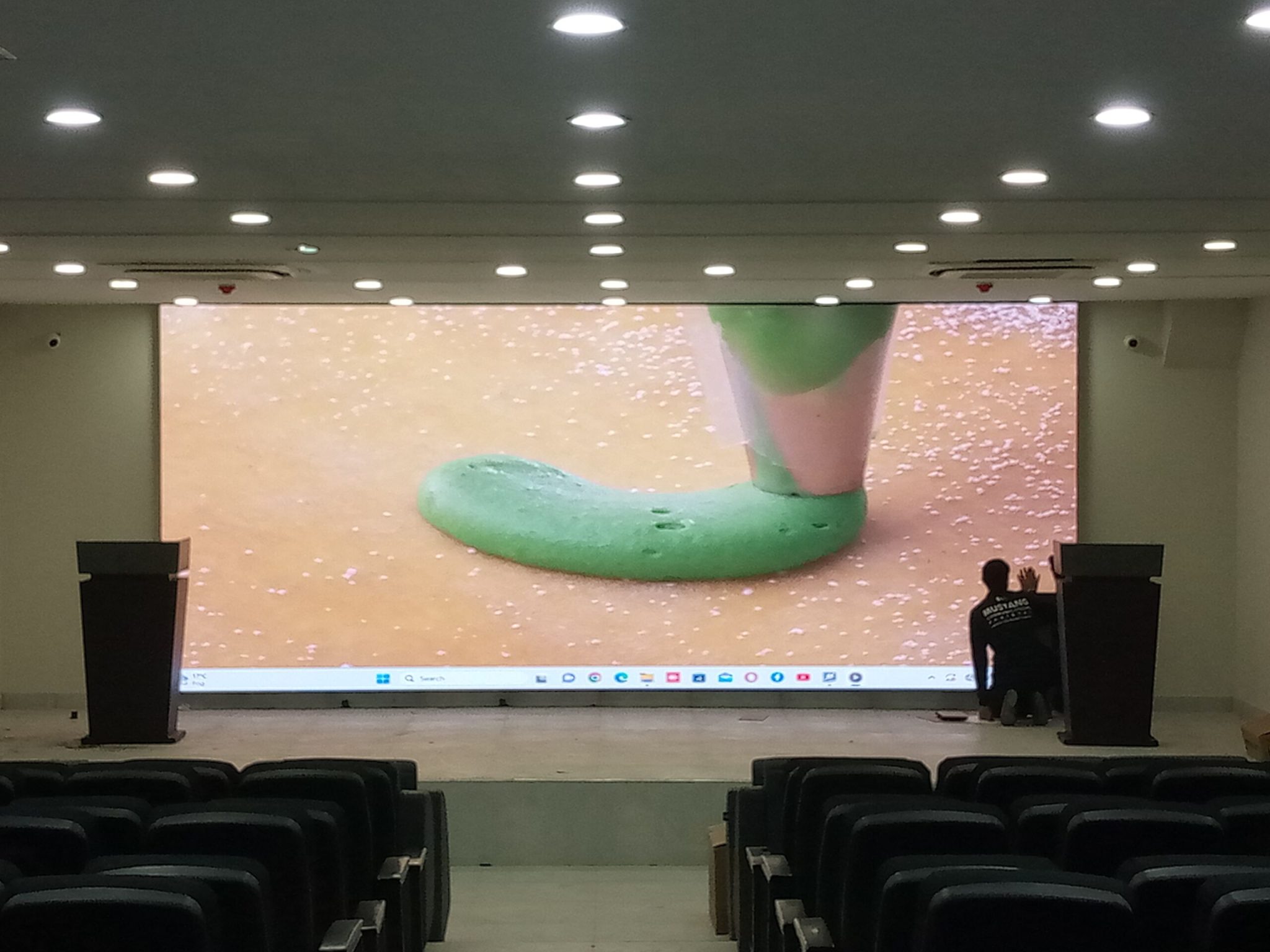
SMD screens, also known as Surface-Mounted Device screens, are everywhere! From your smartphone to your fancy new television, these tiny marvels are what bring images and videos to life. But what exactly makes them special? Buckle up, because we’re diving deep into the fascinating features of SMD screens!
What is an SMD Screen?
Imagine a display like a giant jigsaw puzzle. Each tiny piece in the puzzle is a light-emitting diode (LED), and together they form the complete picture you see. In an SMD screen, these LEDs are surface-mounted, meaning they’re soldered directly onto the circuit board, unlike older Through-Hole Mounted (THT) LEDs that have legs sticking through the board. This surface mounting makes SMD screens:
· Thinner and Lighter: Since there’s no extra space needed for LED legs, SMD screens can be incredibly thin and lightweight. Perfect for sleek smartphones and tablets!
· Higher Resolution: More LEDs can be packed closer together on an SMD screen, resulting in sharper, higher-resolution images. Imagine having more puzzle pieces to create a more detailed picture!
· Brighter and More Vivid Colors: SMD LEDs often offer better brightness and color accuracy compared to THT LEDs. This means the colors on your screen appear more vibrant and realistic.
Decoding the Tech: A Peek Inside SMD Screens
So how do these tiny LEDs work together to create the images you see? Here’s a simplified breakdown:
1. The Backlight: Most SMD screens use a backlight, which is a layer of LEDs that shines light through the entire screen. This creates a uniform base for the image.
2. The Color Filters: Over the backlight sits a layer of tiny color filters. Each filter allows only a specific color of light to pass through (red, green, or blue).
3. The TFT Array: On top of the color filters is a thin-film transistor (TFT) array. This acts like a switchboard, controlling the brightness of each individual LED. By adjusting the brightness of red, green, and blue LEDs, different colors are formed on the screen.
Think of it like this: Imagine wearing colored sunglasses. A red sunglass only lets red light through, while a blue sunglass only lets blue light through. The TFT array in an SMD screen acts like a special kind of sunglass that can adjust how much light gets through!
Types of SMD Screens: A Display for Every Need
The world of SMD screens is vast, with different types catering to specific needs. Here are some of the most common ones:
· TFT LCD (Liquid Crystal Display): These are the most widely used SMD screens, found in laptops, smartphones, and TVs. They offer good image quality and energy efficiency.
· AMOLED (Active-Matrix Organic Light-Emitting Diode): AMOLED screens use organic materials that emit light themselves, eliminating the need for a backlight. This results in superior black levels, high contrast ratios, and vivid colors. AMOLED screens are often used in high-end smartphones.
· IPS (In-Plane Switching): A type of LCD panel known for its wide viewing angles. This means you can see the screen clearly from almost any angle, perfect for sharing content with friends.
Advantages of SMD Screens: Why They Rule the Display Game
SMD screens have become the dominant display technology for a reason! Here’s why they stand out:
· Superior Image Quality: With higher resolutions, better color accuracy, and improved contrast ratios, SMD screens deliver stunning visuals.
· Slim and Lightweight Designs: Thanks to their thin profile, SMD screens enable sleek and portable devices like smartphones and tablets.
· Energy Efficiency: Certain types of SMD screens, like AMOLED, consume less power compared to older display technologies. This means your battery can last longer!
· Faster Response Times: SMD screens can refresh the image on the screen very quickly, resulting in smoother visuals, especially noticeable in fast-paced games or videos.
Disadvantages of SMD Screens: No Tech is Perfect
While SMD screens are fantastic, they do have some drawbacks to consider:
· Cost: Manufacturing SMD screens can be more expensive than older technologies. This is reflected in the price of devices that use them.
· Burn-in: AMOLED screens are susceptible to burn-in, a permanent ghost image that can appear if the same image is displayed for extended periods.
· Viewing Angle (Some LCDs): While IPS LCDs offer great viewing angles, some standard TN (Twisted Nematic) LCD panels